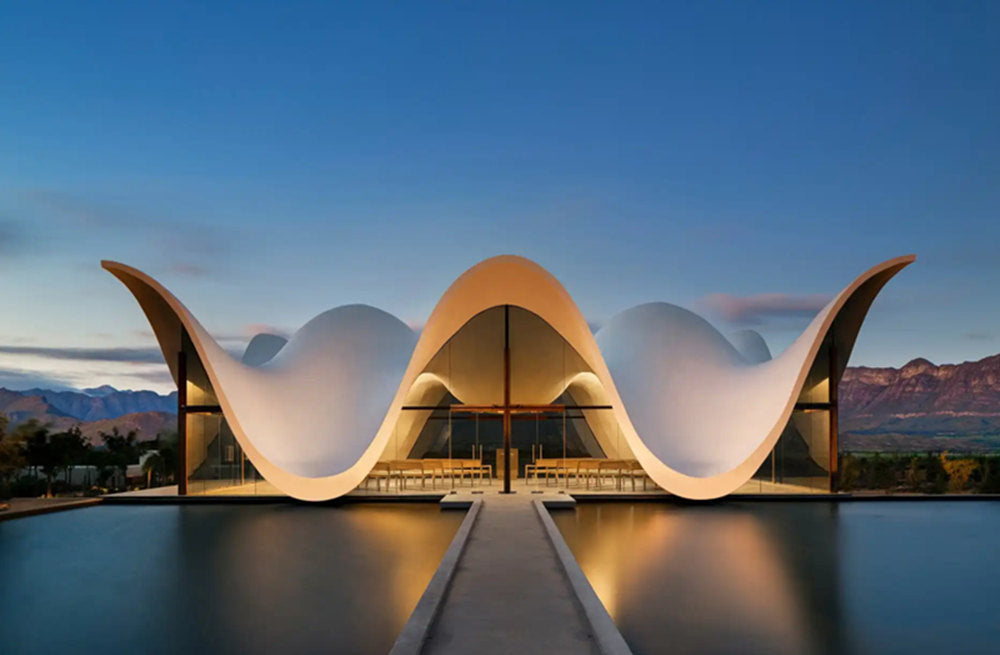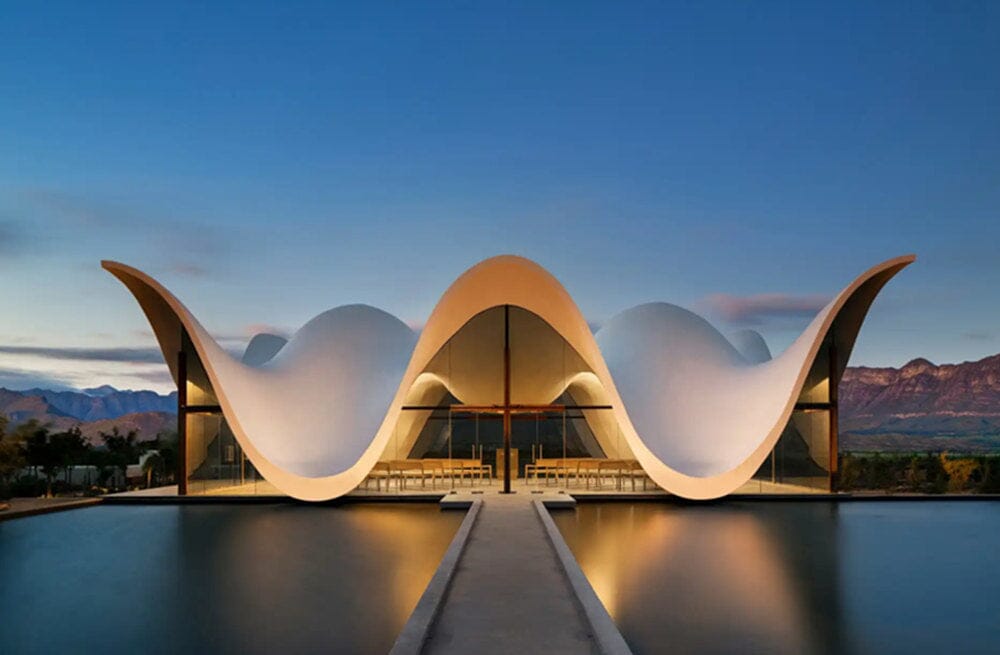Photographing buildings is also a favorite subject for many photographers. But architectural photography can be one of the more difficult subjects in photography. To worry about the deformation of the building, in the face of bad weather problems. At the same time, it was necessary to look at the situation from another Angle and take interesting pictures in conjunction with the structure of the building. So what makes a great building? How to play architectural photography? To help you complete your architectural photo shoot, we've compiled some composition tips for architectural photography.

Composition techniques for architectural photography
1. Look for lines
Look at your subjects. Many buildings, especially those with a bit of art design, have a unique look and are perfect for abstract photography.
First look carefully at the appearance of the building with your eyes, and look for some interesting patterns, lines and textures to take photos. Be careful not to include too many objects, sometimes simple is beautiful! Use thirds composition, shallow depth of field, etc. to make beautiful abstract photos.
2. Look for good lighting
In photography, lighting is one of the main elements. Lighting not only gives quality photography, but also determines the light condition of the photo. When shooting in the studio, you can customize lighting at any time of day. But for architectural photography, natural light has to be dealt with, so specific times and weather conditions need to be chosen.
The best time to take pictures is prime time. During the first hour after sunrise and the last hour before sunset, the light scatters and softens to create dreamlike house photos in the shadows of the house.
In addition to prime time, there is also the Blue Hour, which is the time before sunrise and after sunset when the sun is not shining directly and the sky is blue, usually in shades of pink, yellow or orange, and photos taken during the blue hour look special. No matter which time you choose, use a tripod to take clear, beautiful photos.
3. Use contrast in composition
If you only have a single building in your photo forever, it will look boring, so pay attention to the contrast around the building, such as old and new contrast, size contrast, color contrast, or add people, vehicles, etc. as foreground to make the photo more colorful.

4. Choose unusual angles and perspectives
Try to find non-standard angles and perspectives, especially when photographing famous architectural structures. After all, they were shot by millions of tourists and hundreds of professional photographers before you shot them. Try your camera parameters before you shoot, like the Eiffel Tower from below, or Barcelona's Cathedral from behind the courtyard. Using different architectural angles and viewing methods will make your shots look more professional.
5. Be good with the lens
Phones can also use wide-angle lenses to take pictures of large buildings. A building distorts in a wide-angle shot, which can make the building look bigger or give the photo more tension. But if you want the building to have a normal shape, or a documentary type of subject matter, then you can use a shift lens. Or shoot with fish glasses, which can produce interesting results.
6. Don't worry about distortion
Distortion is common in architectural photography. They even have a special name - trapezoidal distortion - which usually happens when you photograph buildings from low or high angles and at different distances from the point of view to different parts of the subject.
Professional photographers know that sometimes this effect is unavoidable, so don't worry too much if you find it in your photos, most photographers will eliminate the distortion with just a few clicks during the post-processing stage.
Architecture is a good subject for beginners. It can also be taken at any time, and through different angles, frames, subjects, even the same building can also be taken a variety of beautiful wonderful photos, is a very useful exercise to train the photographic eye. I hope this guide helps, so get started.


Share:
How to Capture Stunning Macro Photos With Mobile Camera Lens
Understand the function and classification of microscopes